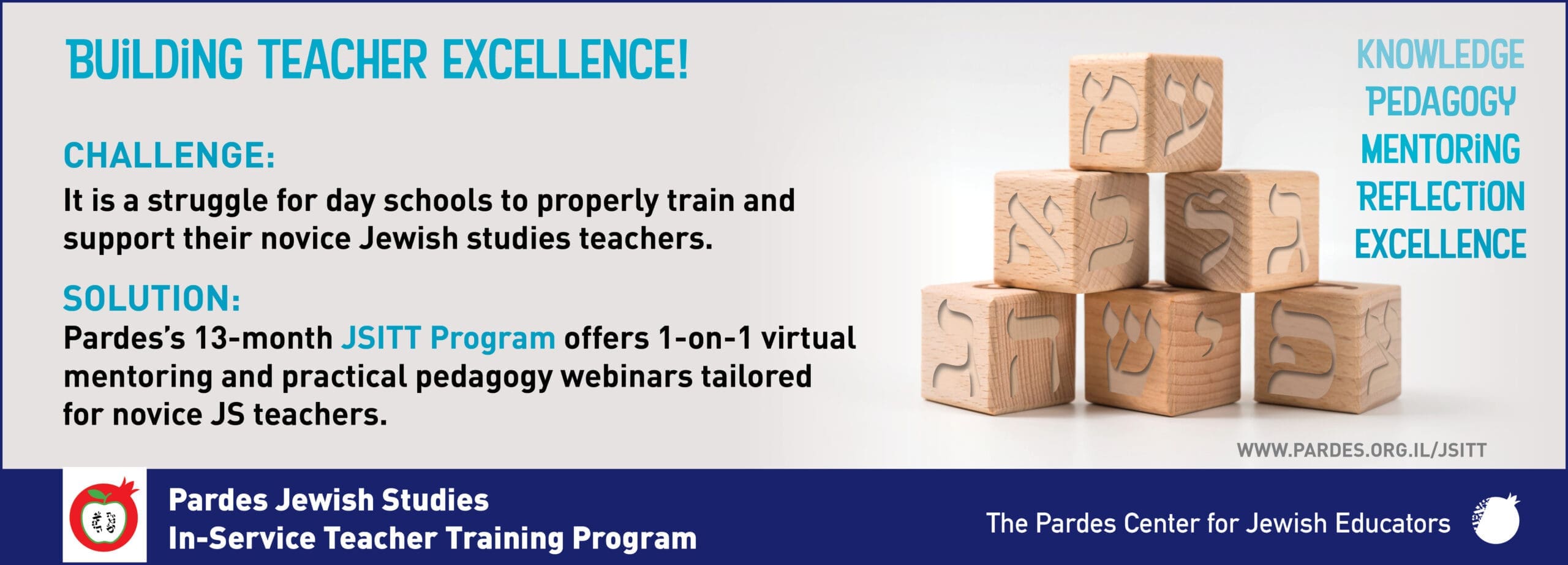A Multidimensional Approach to Teaching Rabbinics
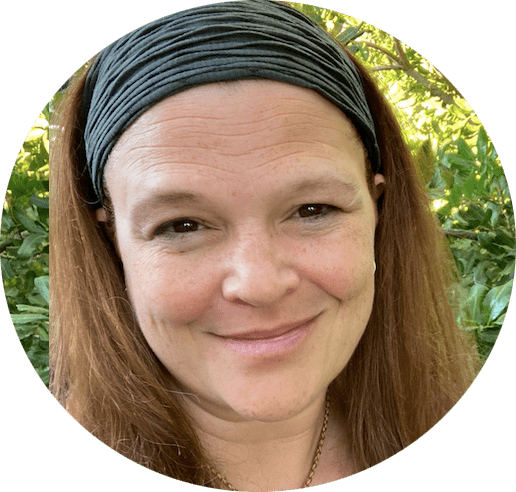
Nili Isenberg is the Judaic Studies Curriculum Coordinator at Pressman Academy of Temple Beth Am in Los Angeles, where she has served on the faculty since 2009. Prior to Pressman she worked in museum education. She has a B.A. in Art History and Religion from Boston University, an M.A. in Art History from Johns Hopkins, and an M.A. in Teaching from American Jewish University.



Yonatan Rosner is the Judaic Studies and Hebrew Principal at the Jacob Pressman Academy of Temple Beth Am (West LA). Prior to that, he spent a decade teaching at de Toledo High School. Yonatan holds a B.A. in Jewish Philosophy and Cognitive Science and an M.A. in Jewish Education, both from Hebrew University, and an MBA from California State University in Northridge.



Chaim Tureff is a husband and proud father of 3 boys, and loves being the Rav Beit Sefer at Pressman Academy. Rabbi Dr. T. also works at an addiction recovery center and with individual clients struggling with addiction. He wrote Recovery in the Torah, which focuses on integrating Torah and addiction recovery.
Pressman Academy is an early childhood through 8th grade school in Los Angeles serving a religiously diverse group of students. The school’s Judaics program, which includes Hebrew language, Jewish history, Tanakh, and daily prayer, affords a maximum of two weekly periods to teaching Rabbinics (in grades 5-8), presenting a significant challenge of what to include and how to approach it.
As we began exploring this, we looked back at the school’s mission statement, which identifies the three educational pillars upon which it stands: Developing minds; Nurturing hearts; and Instilling Jewish values. In designing our four-year program in Torah SheBe’al Peh, it became clear that the different grade level teachers personally identified with different parts of that mission statement. This helped us to consciously design a scope and sequence that would align with teachers’ strengths and dispositions and allow the teachers to teach to their strengths. What emerged was a four-year program in which students would experience three different perspectives on Rabbinics, offering them a rich and diverse learning program with teachers who were passionate about what they were doing.
To begin the process of clearly articulating the content of our formal Rabbinics curriculum, we established a core of 71 mishnayot to teach over the course of the four years, connecting with the Talmudic statement (Sanhedrin 3b) that, “The Great Sanhedrin was composed of 71 judges.” We felt it was an appropriate and achievable goal to provide students with exposure to a breadth of Rabbinic material through which they could begin to establish an understanding of the nature of Oral Law as expanding upon familiar Biblical commandments and as guiding the development of Jewish life throughout the ages. This core content of the Rabbinics curriculum provided a framework upon which we could build a clearly defined scope and sequence to give our teachers the tools necessary to focus on developing student learning toward greater depth and complexity.
5th Grade – An Introduction to the Oral Law
The focus in the 5th grade is on understanding the role of Oral Law in Jewish life, understanding the structure of the Mishnah, reading short mishnayot on a variety of familiar topics, and developing basic Mishnaic vocabulary. This introductory year into the Oral Law does not explicitly draw from the teacher’s affinity with the school’s mission statement, rather, it provides a general orientation into the world of the Oral Law and lays the foundations for student learning in Middle School.
The course opens with a discussion of Avot 1:1, exploring the description of the transmission of the law from God to Moses and from Moses ultimately down to the rabbis who recorded the laws they received orally into a written format called the Mishnah. It continues with one or two mishnayot from Seder Moed for each of the holidays to enhance and deepen the holiday curriculum. Following that, the students study several laws related to keeping kosher, observing Shabbat, and reciting blessings—all focused on the role of the Oral Law in Jewish life. At the close of the year, the curriculum cycles back to mishnayot from Avot so that the students see that the Oral Law focuses not only on ritual laws, but also includes the timeless guidance of the rabbis about how we should treat our fellow humans. All in all, in 5th grade the students are exposed to approximately 20 mishnayot, providing them with a basic introduction to the concept of Oral Law and preparing them for more rigorous studies in Middle School.
6th Grade – Developing Minds
This first year of Middle School is where students begin their journeys into the three perspectives on the Oral Law. The teacher for this year is Yonatan Rosner (the Judaic Studies Principal), who understands the kinds of academic skills needed for students to succeed in secondary education from his earlier work at a local Jewish high school. He focuses on helping students transition from elementary to middle school, developing executive functioning skills including self-regulation, task initiation, note-taking, organization, time management, collaboration, and persistence. The learning of approximately 20 new mishnayot over the course of the year serves the development of these skills and builds self-awareness in the student as a learner. Together, the class becomes a learning community, in dialogue with the text and our Jewish traditions. Students build learning routines recognized as best practices in programs such as Conscious Discipline, Responsive Classroom, Pedagogy of Partnership, Gemara Berura, and parsing based on the COMD”T method.
Rosner’s approach aligns most directly with the “Developing minds” pillar of the Pressman mission. Basic classroom activities include: working in collaboration with a partner (hevruta); recognizing the connection between Mikra (Tanakh, Written Torah) and Mishnah in a selection of mishnayot primarily from Seder Moed (focusing on holidays) and Masekhet Berakhot (focusing on prayers and blessings); building skills in independent close reading of the text in Hebrew (and English as needed); breaking down the mishnah into basic elements (including the speaker/s, the case/s, the ruling/s, and the reasoning); respecting and learning from the characteristic Mishnaic discourse of disagreement (tarbut ha’mahloket); and deepening learning in the history of the Tannaitic period, including recognition of the rabbinic personalities. As students strengthen their academic skills in relation to this content, they also grow in their motivation, interest, curiosity, and confidence in learning our Rabbinic texts.
7th Grade – Nurturing Hearts
Entering 7th grade with stronger tools to investigate Rabbinic literature, students begin the year with a review of religious law in Seder Moed and then progress to a discussion of civil law with mishnayot from Seder Nezikin and Masekhet Pe’ah (focusing on issues of Social Justice in providing for the poor). Understanding that Jewish law governs both religious and civil life helps students appreciate the development of the law and the process of its application to contemporary issues. This application takes place in the latter part of the year, as students participate in the Southern California Regional Middle School Moot Beit Din competition and present arguments for the resolution of a contemporary issue using Jewish legal texts.
The year concludes with a unit on the Jewish lifecycle (birth, conversion, marriage/divorce, and death), where both Jewish law (halakhah) and Jewish custom (minhag) are explored in presentations from panels of diverse parent speakers. Volunteers are encouraged to share how Jewish lifecycle traditions can help us come together in community and take on new responsibilities during times of transition and how maintaining these traditions may sometimes create additional tensions and difficulties. Speakers have shared deeply personal reflections about experiences such as confronting the birth of a child with a genetic disease, negotiating conflicting religious expectations of family members at a wedding, and dealing with the wishes of a parent who wanted to be cremated contrary to traditional practice.
Over the course of the year, as students study approximately 30 new mishnayot, they begin to understand that the Mishnah is not just a “commentary” on the Torah, but follows different patterns and rules in its development and serves a different role in the lived Jewish experience. Students begin to connect to the material in a personal way, as they see how Jewish tradition engages with competing values and explore the challenges faced by the rabbis (and by us) living a Jewish life in an ever-changing world.
The 7th grade Rabbinics course is taught by Nili Isenberg (who also serves as Judaic Studies Curriculum Coordinator), whose extensive experience as a museum educator working with historical material and artifacts to promote a personal connection to the past informs her approach to her current work with Rabbinic texts. Her focus is to cultivate personal meanings of and attachment to the texts, connecting to the “Nurturing hearts” pillar of the Pressman mission. To facilitate this, she incorporates journaling and art into her classroom projects, having trained in Ayeka methodology and Kol Haot. Additionally, recognizing the place of the school within the setting of a Conservative synagogue, Isenberg also introduces a discussion of the Conservative movement’s approach to halakhah (Jewish law) within the larger historical context.
8th Grade – Instilling Jewish Values
As students rise to their final year, the Rabbinics curriculum focuses on knowledge of the structure and flow of a section of Talmud. Students acquire basic Talmud navigation skills and recognize the layout and functions of the parts of the classic Vilna page of Talmud. They then dive into a deep exploration of specific topics in Talmudic sugyot (passages), studying the ever-relevant laws of honoring parents (Kidushin 30b-31a) and proper speech (Arakhin 15a-16b).
This final year is taught by Rabbi Dr. Chaim Tureff (who currently serves as Rav Beit Sefer), whose approach to education is deeply informed by his spirituality and conviction that a commitment to Jewish values can have life-changing consequences. Outside of his work at Pressman, Tureff is the founder and director of STARS, supporting individuals struggling with addiction. This work helps him to prepare students for being their best selves in their personal lives and beyond and aligns with the “Instilling Jewish values” pillar of the Pressman mission.
To understand his approach to instilling Jewish values, we can examine an example from the unit on honoring parents. Lessons begin with breaking down the Talmudic sugya to its respective sources and then following the argument through codification in Rambam’s Mishneh Torah. Questions that arise about why, when, and how to fulfill this mitzvah help students understand the practical applications of honoring their parents and expressing gratitude under different circumstances. Students engage in reflections on their own relationships with parents in a 10-day journal, culminating in a project of their own choice (story, video, poem, letter, slideshow, diorama, poster board, collage, etc.) to demonstrate their mastery of the Rabbinic texts and their practical application in their own lives. Both students and parents are deeply touched by the project, especially at this exact moment when children are becoming young adults and the nature of their relationship with parents is changing.
Conclusion
Students at Pressman Academy come from a wide range of Jewish backgrounds, including children of Judaic Studies professors and rabbis; families who are Persian, Mizrahi, Sephardi, and/or Israeli; Conservative families who live within walking distance of the school and synagogue campus for proximity on Shabbat and holidays; children of families who are more active in Modern Orthodox settings. These students, and even those from families with the most minimal Jewish backgrounds, are exposed to three lenses through which they examine the Oral Torah—lenses which are designed to address their minds, hearts, and souls—which are aligned with the school’s mission, and whose impact is magnified by capitalizing on the unique talents and interests of their teachers.



Nili Isenberg is the Judaic Studies Curriculum Coordinator at Pressman Academy of Temple Beth Am in Los Angeles, where she has served on the faculty since 2009. Prior to Pressman she worked in museum education. She has a B.A. in Art History and Religion from Boston University, an M.A. in Art History from Johns Hopkins, and an M.A. in Teaching from American Jewish University.



Yonatan Rosner is the Judaic Studies and Hebrew Principal at the Jacob Pressman Academy of Temple Beth Am (West LA). Prior to that, he spent a decade teaching at de Toledo High School. Yonatan holds a B.A. in Jewish Philosophy and Cognitive Science and an M.A. in Jewish Education, both from Hebrew University, and an MBA from California State University in Northridge.



Chaim Tureff is a husband and proud father of 3 boys and loves being the Rav Beit Sefer at Pressman Academy. Rabbi Dr. T. also works at an addiction recovery center and with individual clients struggling with addiction. He wrote Recovery in the Torah, which focuses on integrating Torah and addiction recovery.
Reach 10,000 Jewish educational professionals. Advertise in the upcoming issue of Jewish Educational Leadership.
Do you want to write for Jewish Educational Leadership? See the Call for Papers for the upcoming issue.
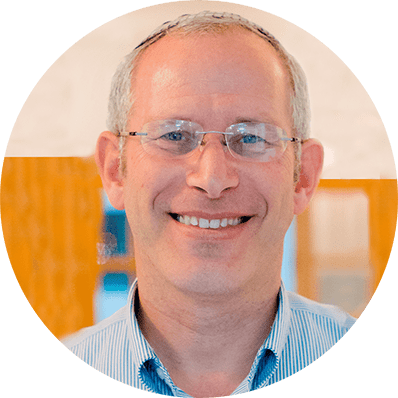

FROM THE EDITOR: Fall 2023
Fascinating. Infuriating. Uplifting. Complex. Boring. Inconsistent. Logical. Brilliant. Eclectic. Irrelevant. Compelling. Frustrating. Inspiring. Ancient. Contemporary. The Talmud evokes all the above, and more. I vividly remember my first encounter with Gemara. I must have been ten years old, and my family was in a bungalow colony in the Catskills. Rabbi Cohen taught Gemara to the older boys, of which I was not, but I asked permission to sit in and listen. I loved following the discussions and debates, even though I couldn’t read any of it and retained none of the content.


The Block Method for Teaching Gemara
By its very nature, teaching Gemara seems to defy everything we know about education. When we teach math, or language, or anything else, we start with the simple and easy-to-grasp aspects of the study area and gradually increase the level of challenge and difficulty. For example, we begin with addition and slowly move on to subtraction, multiplication, and division. We certainly don’t touch algebra until these are firmly in place. One couldn’t imagine a math class that requires knowledge of Pythagoras’ theorem presented to a class that has not yet mastered multiplication.
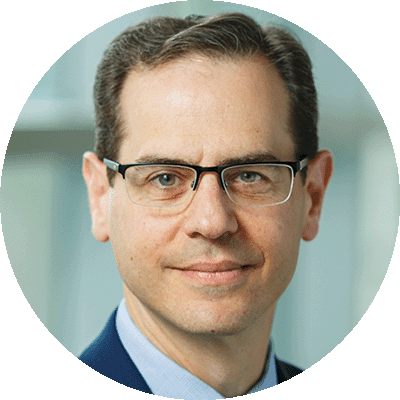

The Puzzling Talmud
A sixteen-year-old American Jewish day school student named Brandon (a self-chosen pseudonym) reports that he likes studying Talmud. What does he like about it? “I like the process,” he says. “It is kinda like a puzzle, that you have to get each word, and fill it in so it creates the whole text.” Brandon approaches his study of Talmud knowing that it’s going to be hard. Every word might take some effort to decode. Eventually, however, he can put it all together.


The Sanhedrin is in Session: Experiencing Rabbinic Literature
On Tuesday morning Rabban Gamliel called the gathered people to order. A letter had arrived from a northern district court in the Galilee which required the attention of the Sanhedrin. Rabban Gamliel took his seat at the head of the semi-circle of esteemed Rabbinic colleagues. R. Yehoshua sat on one side of him and R. Eliezer sat on the other.
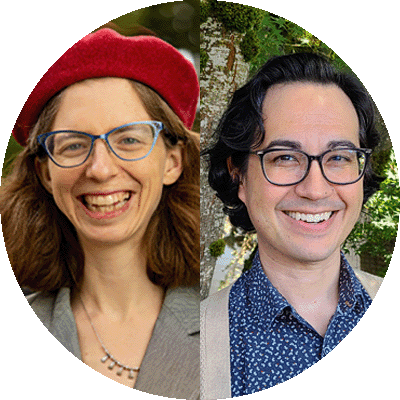

Replacing Relevance with Relationship
A relationship to Talmud study is highly valuable to those who possess it. Few other activities manage to combine elements of intellectual inquiry, spiritual questing, and moral development in the almost alchemical way that the study of Talmud does. And yet, there are a number of hurdles students must overcome in order to develop an independent relationship with the Talmud. First and foremost, studying Talmud in the original Hebrew and Aramaic can feel scary to the uninitiated. Second, the logic of the Talmud is foreign to students at first. Finally, students may wonder what a text from 1500 years ago might have to say to them.
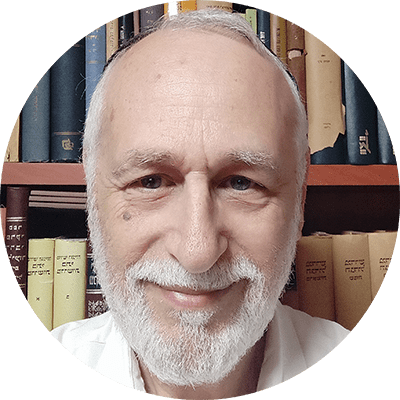

Teaching Talmud in Secondary Schools: Masorah and Modernity
Teaching of Talmud in traditional secondary schools has been a conundrum from the day it was decided to teach Talmud as part of the standard Jewish studies curriculum. Programs for yeshiva high school graduates in Israel and around the world are consistently populated by an overwhelming percentage of students who, even after six years of multiple weekly hours of Talmud instruction in secondary schools, are helpless in the independent study of Talmud. These students are successful independent learners of advanced mathematics, natural sciences, complex technology, and even humanities, but in Talmud, they require an embarrassing degree of spoon-feeding.
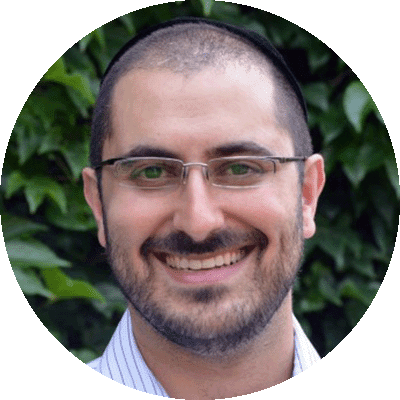

Pre-Mishnah: The Missing Link
I teach 5th grade Judaics at Fuchs Mizrachi School, a Modern Orthodox Zionist school (Cleveland). Upon entering the world of Torah SheBe’al Peh, a student is first greeted by the Mishnah—a complex and sophisticatedly interwoven compendium of Jewish law and wisdom. Students struggle to understand its relevance, how and why it was created, and its importance to the scope of their Torah learning. They ask, “Why are we learning Oral Torah?” and “Why should I care?” but underlying those questions is the more fundamental, “What is the Oral Torah?” While some choose to address this piecemeal over the span of many years, I believe that it is important to address it up front, in an organized manner.


Anatomy of a Gemara Lesson
You have been there, too, right? You thoroughly prepared a Gemara lesson by formalizing how you will explain the shakla vetarya, you concocted attention-grabbing examples and cases, charts to organize the conflicting opinions, and provided a translation and question practice worksheet. You slowly read the Gemara aloud while students annotated the text or completed linear translation sheets. You patiently and clearly explained the concepts and reasoning on a first, second, and even third pass of the reading.
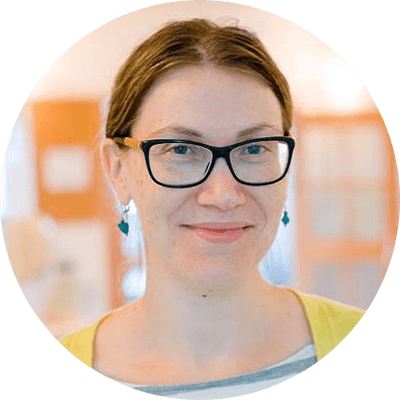

Making the Case for Agada
The rabbis of the Talmud were intentional and thoughtful educators; an example of their consummate pedagogic skill is the way they interspersed narratives into their halakhic writings and teachings. Their use of agadot is an effective teaching tool because, simply put, people love stories. We evolved to tell stories, to become compelled by stories, to connect to the characters, drama, and tension in stories. Stories draw in our students and they have the power to make them care.


Tokhehah Leshem Shamayim
One day, in a 7th grade lesson during our unit on tokhehah (the mitzvah of rebuke), a student shouted out from across the classroom: “This is tokhehah leshem shamayim!” In this moment, with one eloquent and original phrase, this 7thgrader had connected the learning in our current unit of tokhehah with the concept of leshem shamayim (for the sake of heaven) from our previous unit of mahloket (disagreement). This delighted us because it showed that the concepts of mahloket we had been teaching were not just retained for the duration of our unit, or for a test, but were concepts students internalized, held on to, and could apply to new settings and used in unique ways.
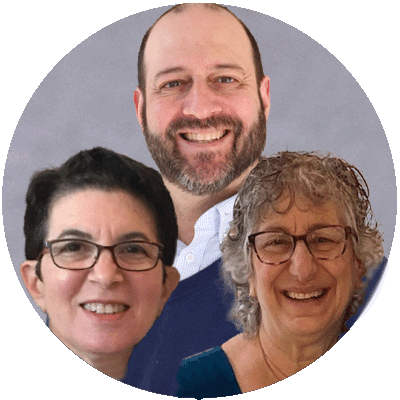

Extending the Reach of Rabbinics
Morah M.’s 5th-grade class is curating a museum exhibit showcasing artifacts that represent family legacy and tradition. The items are described on a placard that explains: These candlesticks were my Bubby’s and now my mother and I use them for Shabbat. When I chose them, I thought of the story about R. Yehuda HaNasi that we learned (Ketubot 103a). Before he died, he told his family that they should continue to set the table the same way, keeping the lamp in its usual place. We’re sort of doing the same thing when we use Bubby’s candlesticks.


Talmud Education for Diverse Learners: Taking the “Long but Short” Road
Teaching Talmud to weaker students can present many challenges not typically found in traditional Gemara classes. Navigating a text in a foreign language, especially one with the unique structure and rules of the Talmud, can be daunting for those grappling with language-based difficulties. Educators must realistically decide which teaching method—skill-based or discussion-based—will best set diverse learners up for success, and how demanding a Talmud course should be for students not likely to pursue this type of Torah learning in the future.
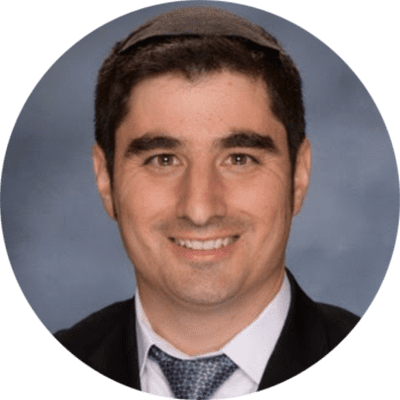

Teaching Talmud Guided by Essential Questions
Standing at the edge of the sea can be an awe-filled experience—the incomprehensibly vast expanse of water with no end in sight is both inspiring and intimidating. We would not consider entering it, whether to swim, sail, surf, cruise, or dive without proper preparation. Similarly, the Sea of Talmud is rich with information, personalities, debates, and much more. It, too, can inspire and intimidate with its vastness and complexity, and we should not expect our students to be able to jump in and navigate it without context and a roadmap. To prepare our students as they embark on their journey into the Oral Torah, we need to define our goals and our strategies for achieving them.
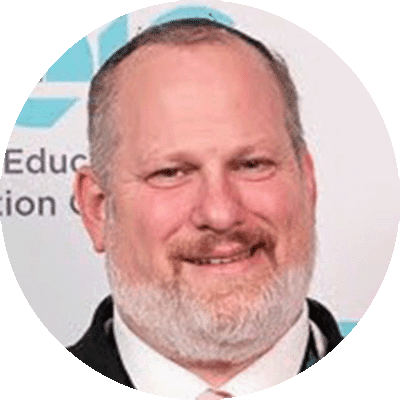

An Alternative Approach for Teaching Talmud
In my first year of teaching, I taught a student whom we will call Yossi. From the time he started 1st grade reading groups, Yossi was placed in the lowest track. This pattern persisted through my 11th grade Gemara class. A few weeks into the first semester of 11th grade, Yossi approached me after class to ask me a burning question which he was embarrassed to ask in front of his peers. He asked, “Who is Rabbi Baraita?” I said, “What do you mean?” He responded, “My past teachers kept explaining ‘the Baraita says…’ Who is Rabbi Baraita and why is he referred to as the Baraita?”


“Wait, What?!” Teaching Jewish Law in a Reform Jewish School
As a teacher at Rodeph Sholom School (RSS), I have for some time considered what it means to teach Torah SheBe’al Peh in a Reform Jewish independent school. What I offer here is a taste of how my colleagues and I have strived to shape our 7th grade Rabbinics unit so that it is aligned with our school’s mission and meets the needs of our specific community of learners. And while every school is unique, I am hopeful that the insights I’ve gained from teaching one unit on the development of Jewish law are instructive for any Jewish day school grappling with teaching Torah SheBe’al Peh.


A Learner-Centered Approach to Teaching Gemara
Traditional methods of teaching Gemara, such as hevruta learning followed by an interactive shiur, have stood the test of time. When teaching beginner students, however, this approach is less common, given their lack of prior knowledge or skills. As a result, many teachers prefer a frontal approach, perhaps projecting the daf on the SMART board and presenting the text phrase-by-phrase while students take notes between the lines of the traditional Vilna text. If hevruta time is used, it is often for the students to review material rather than for them to try to decipher the text. In this article, we are going to propose a method for using a modified version of the traditional approach which can be used for learners starting out on their Gemara learning careers.
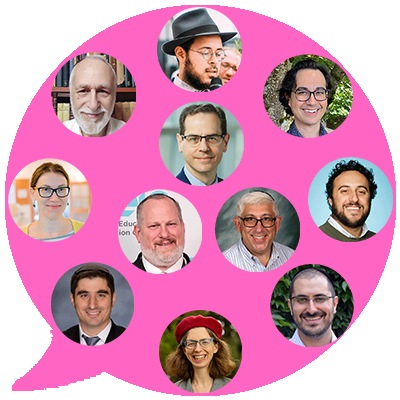

Why Learn Talmud?
Some of the articles in this issue describe the joy of studying Talmud, others break down the complex processes to make it more accessible to students or to enable the students to engage with it meaningfully. And just to make sure that we covered the bases of both the how and the why of Talmud study, we asked our authors to weigh in separately on the question: “Why do you think that day school students should be learning Gemara/Rabbinics?” We invite you to join that discussion.
Fall 2023 Journal Credits
JEWISHEDUCATIONALEADERSHIP
Jewish Educational Leadership is a publication of The Lookstein Center for Jewish Education of Bar Ilan University.
Chana German, Executive Director
JOURNAL STAFF
Hyim Brandes | Editor
Zvi Grumet | Editor-in-Chief
Chevi Rubin | Editor
Shani Sicherman | Copyeditor
Please send correspondence regarding journal content to zvi@lookstein.org.
The Lookstein Center publications present a variety of viewpoints. The views expressed or implied in this publication are not necessarily those of the Center.
EDITORIAL OFFICES AND ADVERTISING
The Lookstein Center for Jewish Education
Bar-Ilan University
Ramat Gan 5290002 Israel
Tel: +972-3-531-8199
US: +1-646-568-9737
www.lookstein.org
© 2023 by The Lookstein Center for Jewish Education.
All rights reserved.


